What is the tolerance range of precision screws?
What is the tolerance range of precision screws?
Service Hotline
+86760-8787 8587We have more than ten years of experience in screw industry production, the main products are: small countersunk head bolts, nylon self-locking locking, lifting ring nut screws and nuts, *30120MM titanium nuts, bolts with needles and cores, non-standard joint screws, tightening steps Screws, hand-tightening adjustment screws, GB1337 hexagonal self-locking nuts, nail-type expansion bolts, non-slip self-locking nuts, ASMEB18.21.2M, aluminum profile nuts, threaded protective sleeves, internal and external teeth nuts, positioning pins and other fasteners, due to The materials and specifications of the products are different, and the prices are also different. Please contact us if you need it.


When using screws, if you can understand the mechanical properties of screws first, then you can use screws better. Different types of screws have different mechanical properties, and the different mechanical properties lead to different occasions when screws are used. 1. Self-tapping screws: mechanical performance requirements 1. Heart hardness: standard value HRC28-38. When testing, take the section 1-2 times the diameter of the name from the tail. If the length of the name is too short, it can be embedded first, and then the hardness is measured. 2. Surface hardness: standard MIN HV450. 3. Carburized layer: standard 4#-6#: 0.05-0.18mm, 8#-12#: 0.10-0.23 mm, 14#: 0.13-0.28 mm. The main purpose of carburizing is to enhance the surface hardness and ensure the strength of the teeth. If the decarburization is too deep and the carburization is insufficient, the strength of the teeth will not meet the requirements, that is, the teeth will be damaged during the screw-in test. 4. Torque: standard specification 4#5#6#7#8#10#12#14#A tooth 14212835455696145AB tooth 142128354565102165. 5. Screw-in test: screw the self-tapping screw into a steel plate with a reserved test hole. The self-tapping screw should form a matching thread in the test plate, and the thread of the screw itself will not be deformed or damaged until the end. Tapered threads pass completely through the test plate. The screw-in test is only applicable to AB, B, BP and other types of self-tapping screws. It is stipulated in IFI that the test plate shall be prepared from semi-hard low-carbon cold-rolled steel, and the hardness of the steel plate is 70–85HRB in Rockwell. The standard specification of the steel plate, that is, the thickness, is shown in the table below. The test hole should be punched or drilled, and the tolerance is the specified nominal diameter (see the table below) ± 0.025mm. Specifications 6#7#8#10#12#1/4 Test plate thickness (mm) 1.85-1.953.12-3.234.68-4.84 Aperture (mm) ±0.0252.953.263.454.044.765.50.
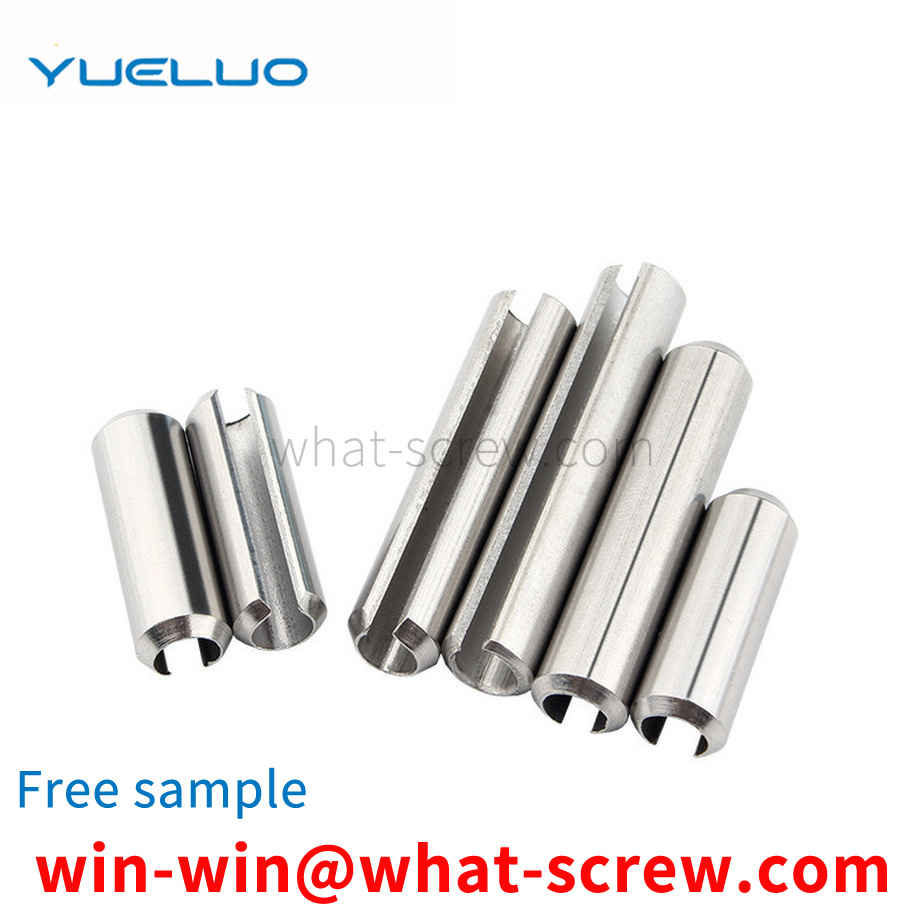
The flat key transmits torque on the side, has good neutrality, is easy to assemble and disassemble, and cannot realize the axial fixation of the parts on the shaft. Ordinary flat key: Type A, Type B, Type C, Type A is used for shaft grooves machined by end mills. The key is well fixed axially in the groove, but the stress concentration caused by the groove on the shaft is large; Type B is used for disc milling cutters. The machined shaft groove, the stress concentration of the shaft is small; the C type is used for the shaft end; it is suitable for high-speed, high-precision or occasions under variable load and impact, such as fixing gears, sprockets and other rotating parts on the shaft. Guided flat key: The key is fixed on the shaft with a screw, the key and the hub groove are in dynamic fit, and the parts on the shaft can move axially. For the convenience of starting the key, there is a key-starting screw hole. Use the occasions where the axial movement of the parts on the shaft is not large, such as the slip gear in the gearbox. Feather key: The key is fixed on the axle, and the parts on the shaft can move axially with the key; it is used in the occasions where the axial movement of the parts on the shaft is large;
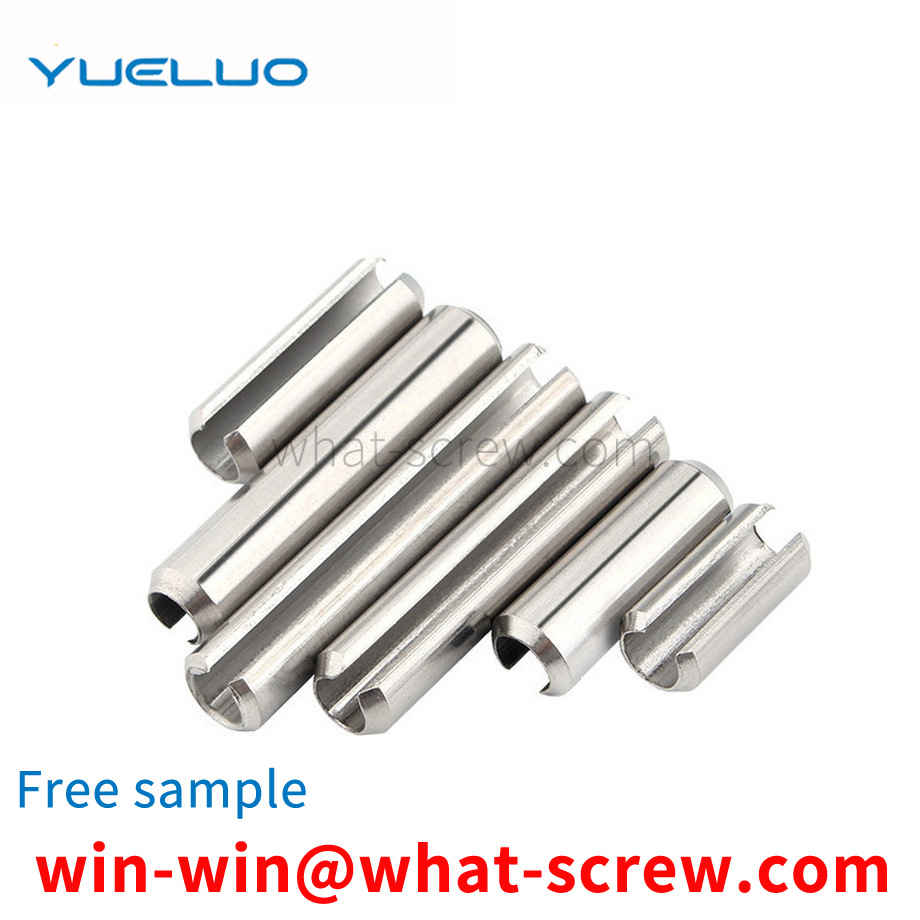
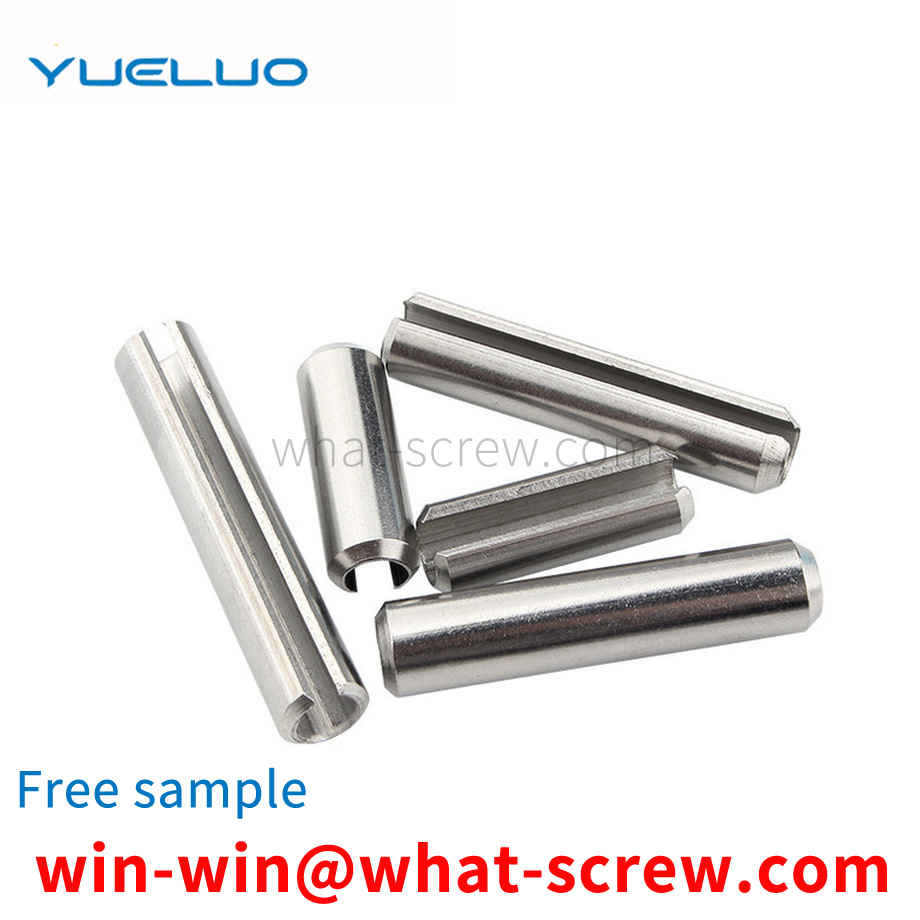
The application range of the oil pump is very wide. When it is used, the oil pump needs to be assembled. During the assembly process, when the pin is driven into the pin hole, it is generally held by the operator with a hammer, and then aiming at the top of the pin to press. Into the hole, due to the relatively high tolerance requirements for the depth of the pin pressing and the side clearance (the gap between the pin and the groove wall), the traditional operation method not only causes a high rejection rate and a long training time for personnel, but also The slow processing speed affects the production efficiency.
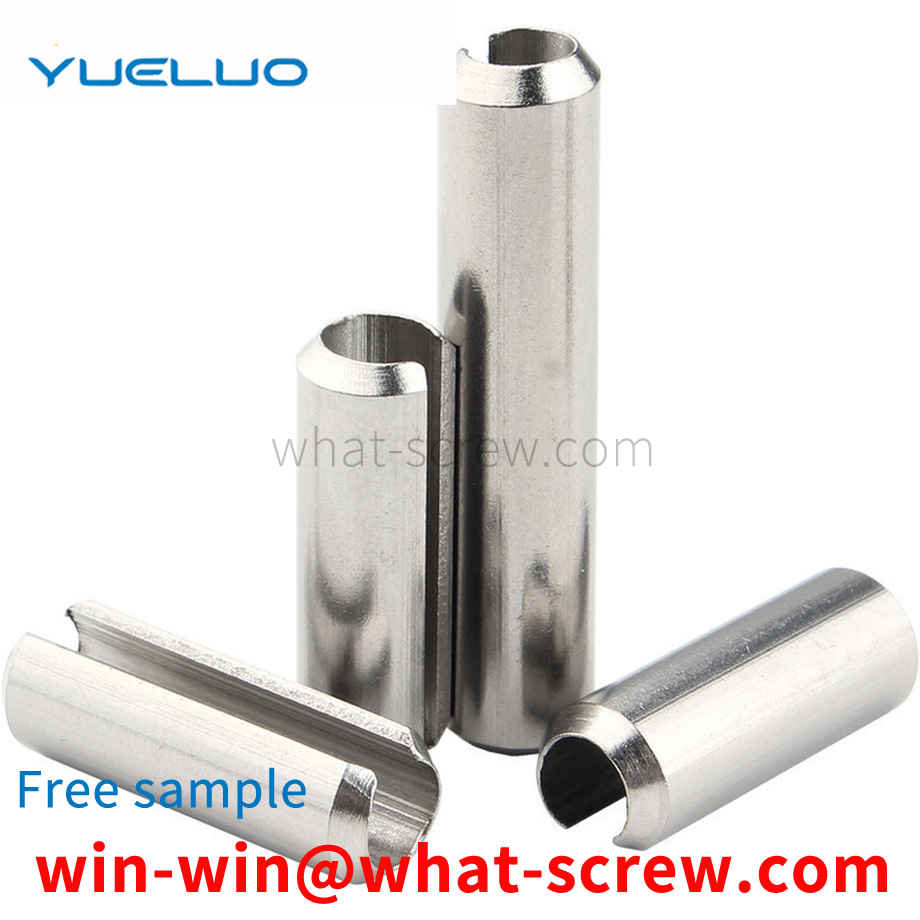
Commonly used standards are broadcast. For hexagonal nuts, the commonly used standards are: GB52, GB6170, GB6172 and DIN934. The main differences between them are: the thickness of GB6170 is thicker than that of GB52, GB6172 and DIN934, commonly known as thick screw cap. The other is the difference between the opposite sides, the opposite sides of DIN934, GB6170 and GB6172 in the M8 nut series are 13MM smaller than the opposite side 14MM of GB52, and the opposite sides of M10 nuts, DIN934 and GB52 are 17MM. The opposite side of GB6170 and GB6172 should be 1MM larger, M12 nut, DIN934, GB52's opposite side is 19MM larger than GB6170 and GB6172's opposite side 18MM is 1MM larger. For M14 nuts, the opposite side of DIN934 and GB52 is 22MM, which is 1MM larger than the opposite side of GB6170 and GB6172, which is 21MM. The other is the M22 nut. The opposite side of DIN934 and GB52 is 32MM, which is 2MM smaller than the opposite side of GB6170 and GB6172, which is 34MM. (Besides the thickness of GB6170 and GB6172 are the same, the width of the opposite side is exactly the same) The rest of the specifications can be used in general without considering the thickness.
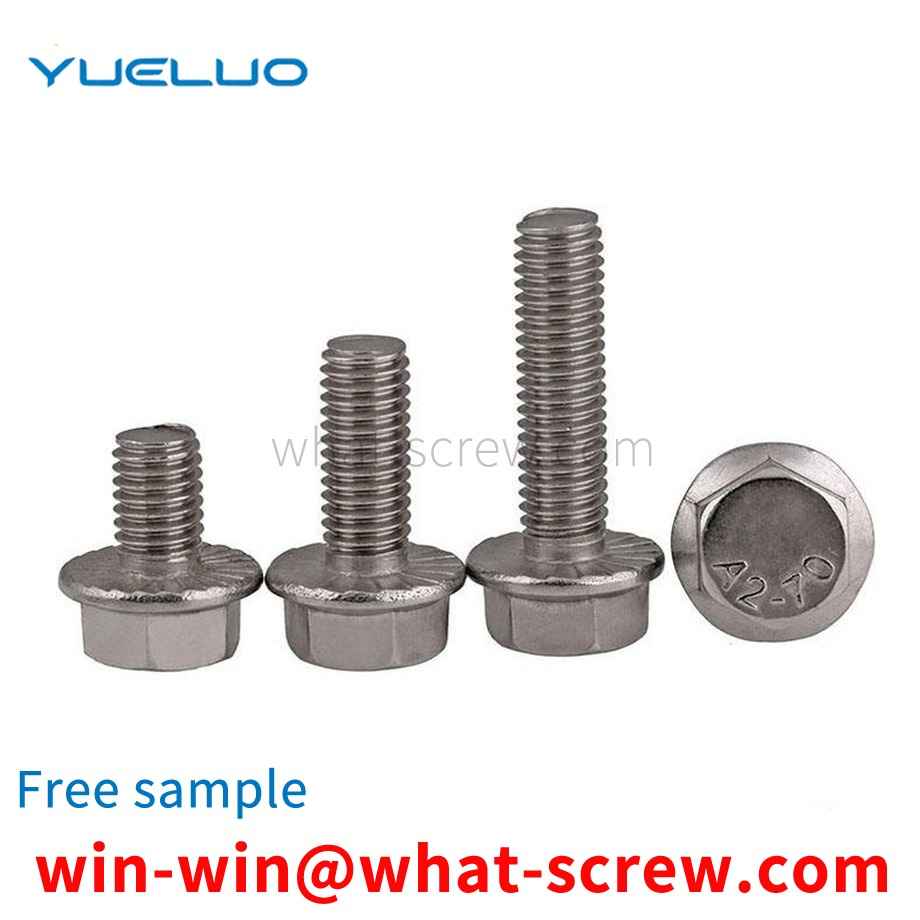
The above content is uploaded by Yueluo or the Internet. If there is any copyright issue, please contact [email protected].

What is the tolerance range of precision screws?

How to choose the right stainless steel screw manufacturer?

Why is there an R angle under the head of the hexagon head s...

We have more than ten years of experience in screw industry ...
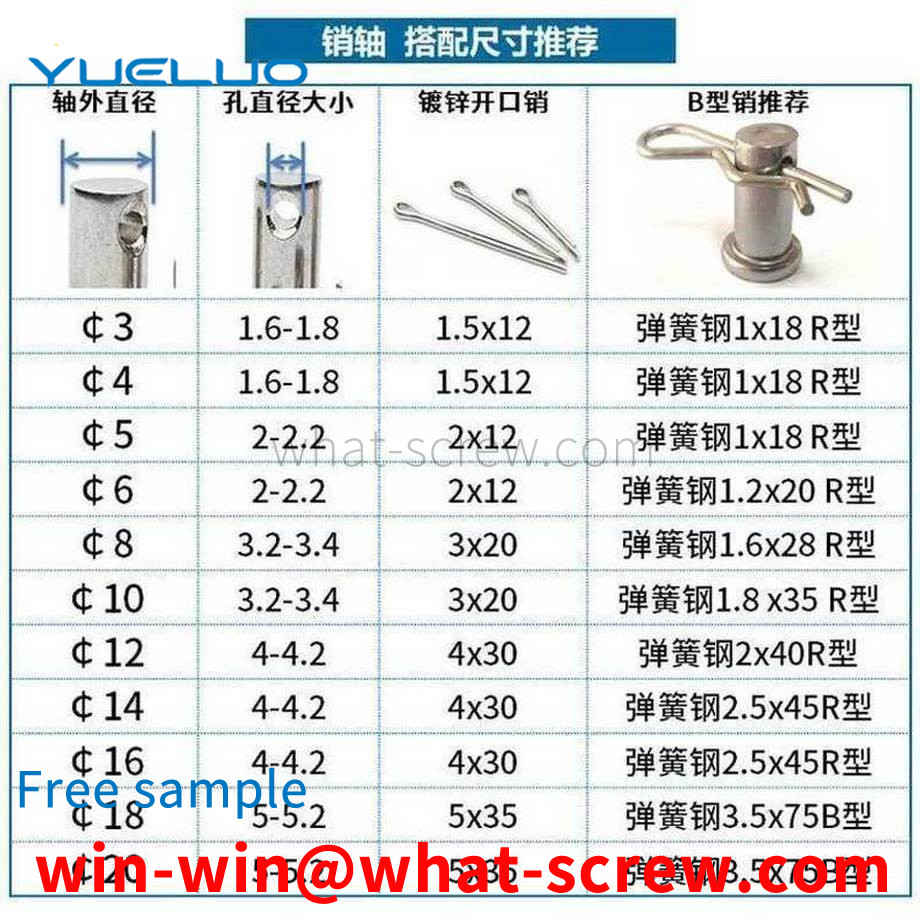
We have more than ten years of production experience in the ...

We have more than ten years of experience in screw industry ...
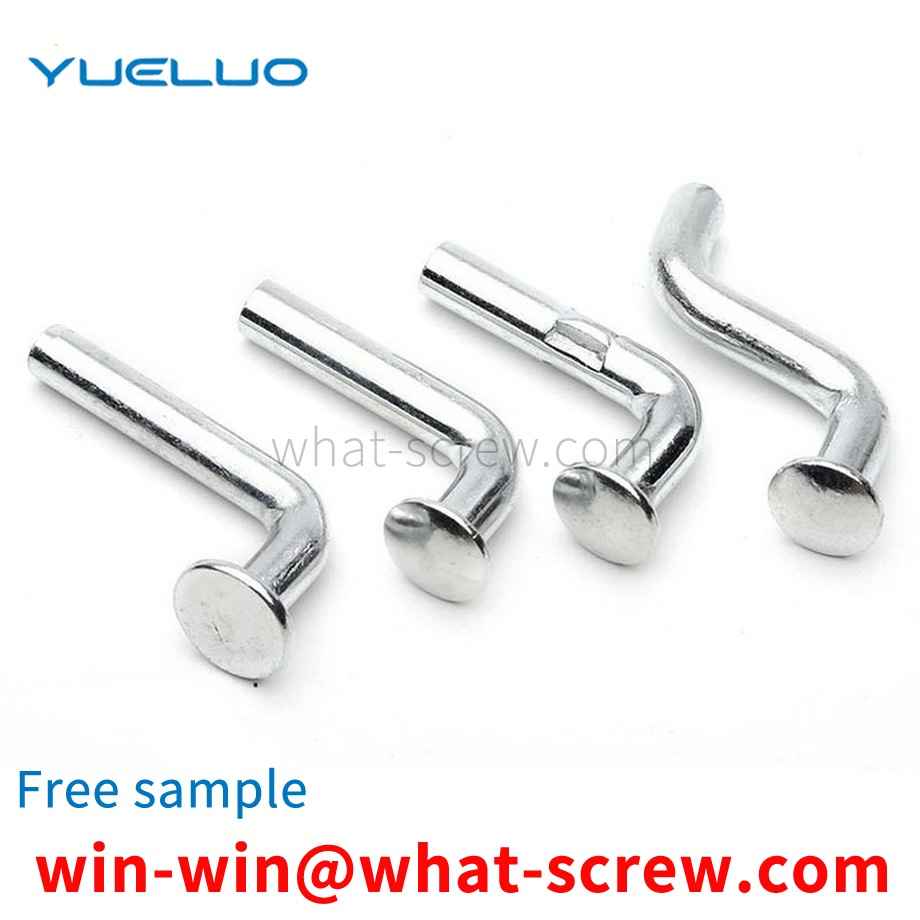
We have more than ten years of production experience in the ...